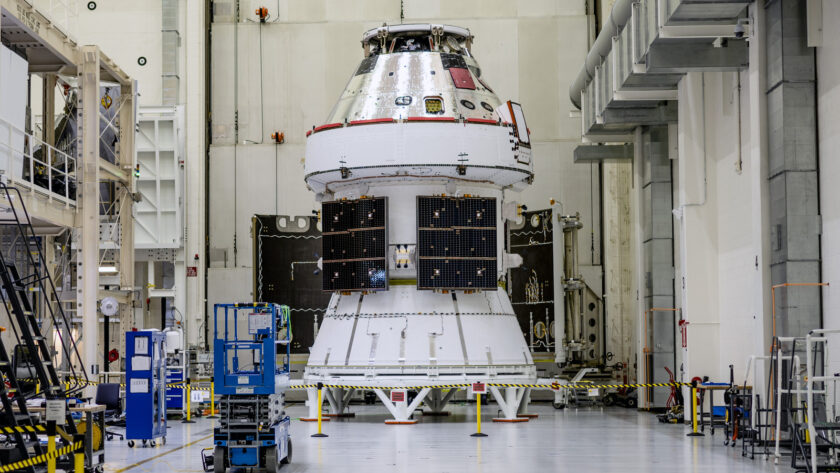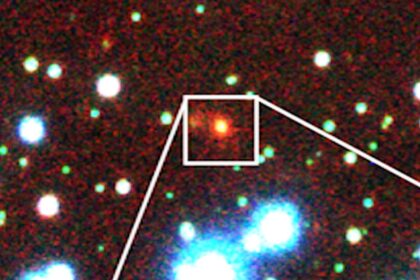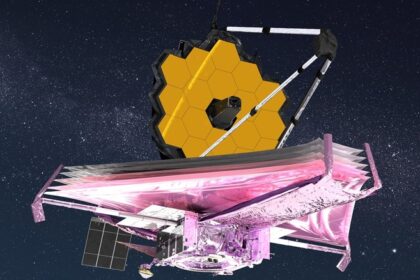NASA has a big plan for the next few years, including sending people back to the moon for the first time in five decades. To do that, this agency is working on the next generation rocket called the Space Launch System or Mega Moon Rocket, which is almost ready for the first launch in July 2022. But the rocket is just a launch vehicle, that is, that provides strength to lift the land and enter the land and enter the land and enter the land and enter the land and enter the land and enter the land and enter the land and enter the land and enter the land and enter the land and enter the land and enter the land and enter the land and enter the land and enter the land and enter orbit. To really bring humans in such a mission, you need a spaceship, and NASA has one called Orion on his arm.
Orion is a spacecraft designed to sit on a rocket of space launch system and keep their astronauts and equipment safe on the moon. The same system is planned to be used for other space missions as well, potentially even bringing astronauts to Mars in the future (through NASA). But before anyone can set foot in Orion during the real launch, spacecraft must be tested tightly.
That is why the first planned mission for rockets of space launch systems and Orion spacecraft will be a journey that is not done around the moon, as part of the artemis I mission, to ensure that everything works as expected before the crew uses Orion as part of Artemis II . Artemis I will take a 40,000 mile capsule through the moon, which according to NASA is further than any spacecraft that is built for humans to travel before. At present, the date for the first launch of the Artemis I Uncrewed mission is set not earlier from the end of July or early August 2022.
The main part of Orion is called the crew module or capsule. This is a part where up to four astronauts will stay during the mission for up to 21 days. At an altitude of 11 feet and a width of 16.5 feet, it will have a lifelong volume of 316 cubic feet (through NASA). That is not exactly extensive, but enough space for four people to stay and work for several weeks and to do the type of tasks needed for the mission of the moon.
To keep the astronaut safe, the capsule is covered by the cover that protects it during the launch and re -enter, and is covered with thermal protection tiles to maintain the extreme heat produced by moving through the earth’s atmosphere. The crew also had to deal with the dangers of radiation, even though they would be in space for several weeks rather than months, this was not a danger. Even so, they have to take shelter inside the back bay of spacecraft close to heat shields when radiation pursues threats (through NASA).
To ensure that various types of bodies can safely rise in Orion, four seats for crew members can be adjusted and designed to match 99% of the population, even when astronauts wear pressure settings that limit their mobility. There are also display screens, physical switches, and hand controller so that astronauts can see the status of space aircraft and interact with it. When Orion returns to Earth, the crew module where astronauts live will be separated from the service module that accommodates supporting systems such as propulsion and power. After the spacecraft is separate, it needs to move to the right alignment for landing, and for that, Orion has 12 small engines called the driver of the reaction control system.





